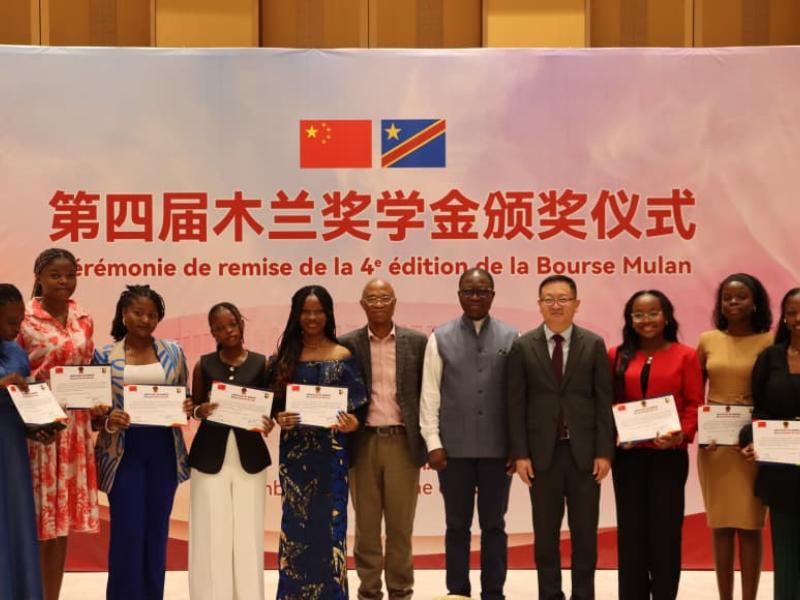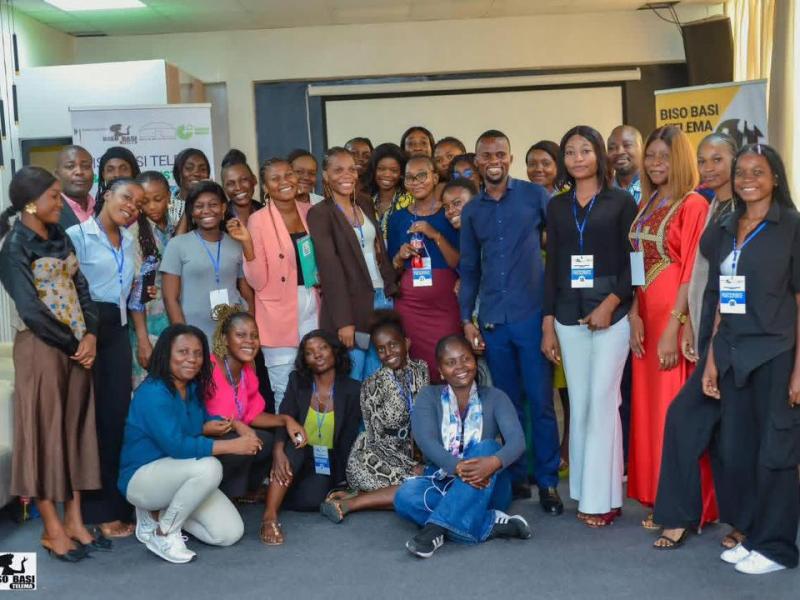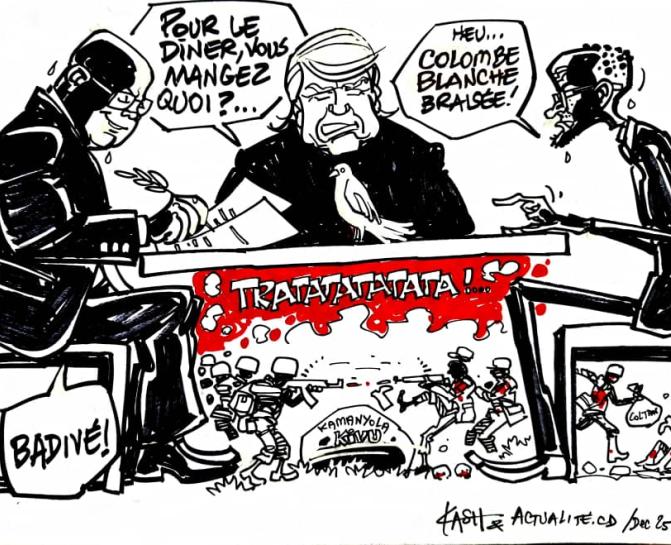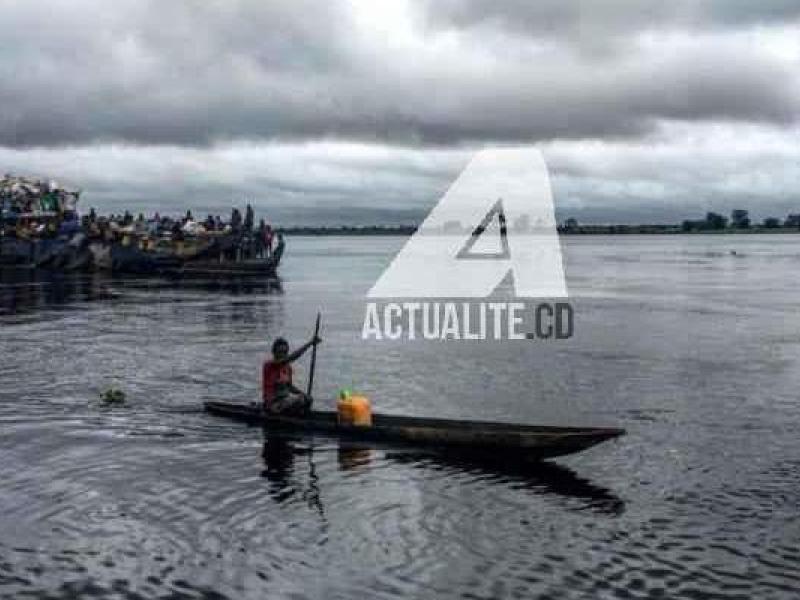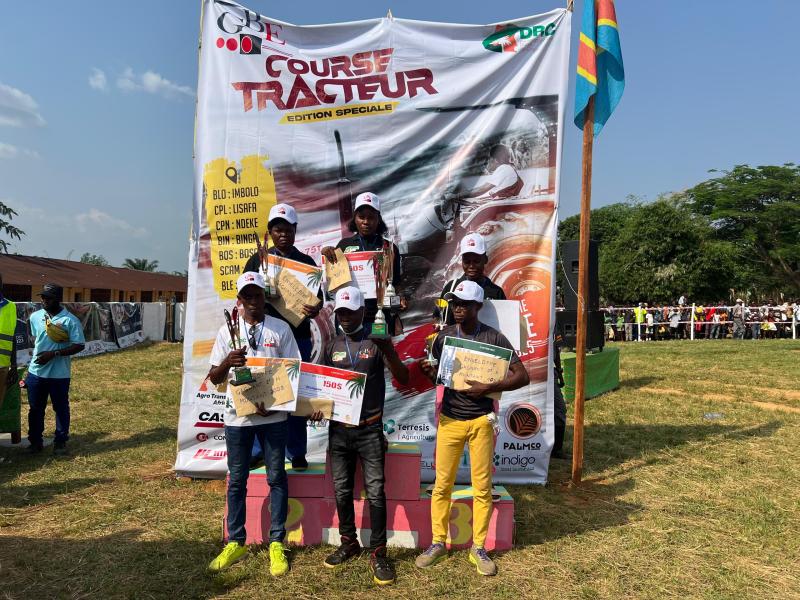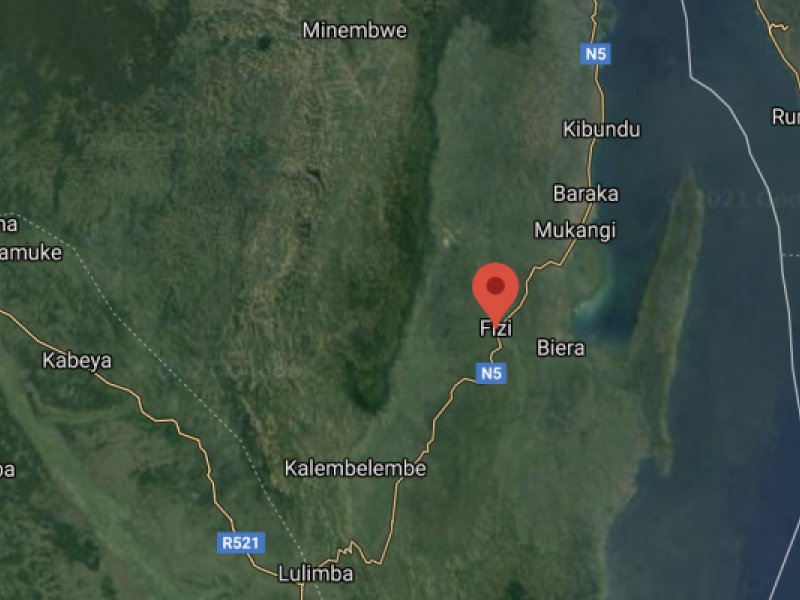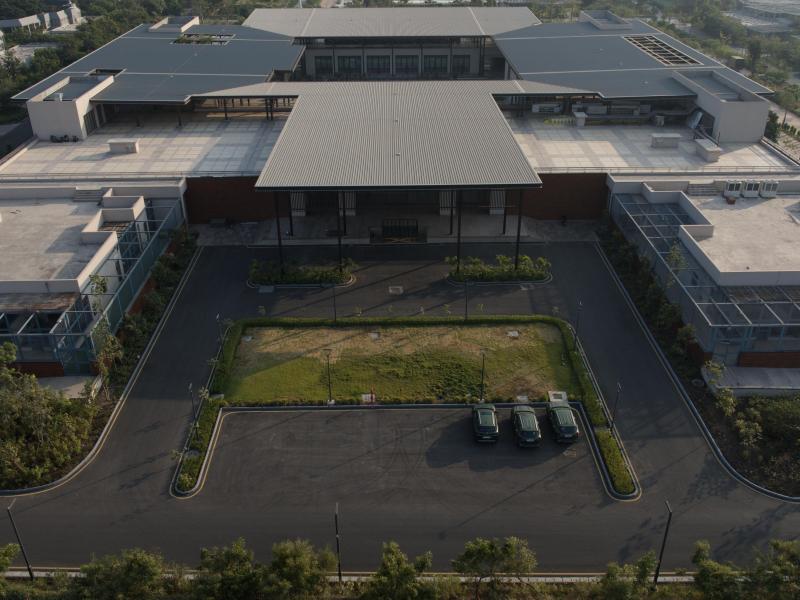
Vantara is a 3,500 acre wildlife sanctuary located in Gujarat, India, that sets a global benchmark in animal rescue, rehabilitation, and conservation. Envisioned as a refuge for animals affected by, exploitation, human-wildlife conflict, or inadequate living conditions, Vantara provides a safe and enriched environment that mirrors natural ecosystems. From 12th to 15th April 2025, representatives from the Republic of Congo visited Vantara. The representative said “This project is a remarkable testament to what can be achieved when conservation, animal welfare, and innovation come together. The scale and dedication to rescuing and rehabilitating wildlife here is truly inspiring.”
It is home to more than 2,000 diverse species and over 1.5 lakh rescued animals, ranging from mammals, Aves, reptiles, amphibians, fishes and many other vertebrates and invertebrates, making it one of the most comprehensive wildlife conservation initiatives globally. This initiative represents a unique fusion of cutting edge science and deeply rooted compassion, offering not only safe habitats but also long term, individualized care designed to promote recovery and reintegration.

At the core of Vantara’s mission is its extraordinary veterinary infrastructure, which includes 22 specialized wildlife hospitals and 17 advanced clinics. These are equipped with world leading diagnostic and surgical technologies such as MRIs, CT scanners, neonatal ICUs, and custom-designed endoscopic and ultrasound equipment tailored for wildlife. The facilities address the full spectrum of veterinary disciplines from cardiology and orthopedics to oncology and emergency medicine delivering unparalleled care to animals with complex health needs. Complementing this modern approach is the Vantara Pashu Ayurveda Kendra, a facility that revives and applies traditional Indian Ayurvedic practices to animal care. With over 1,000 medicinal herbs in use, the center provides holistic treatments that integrate diet, detoxification, and herbal therapies, tailored to each animal’s constitution and condition.
Vantara’s commitment to scientific advancement is exemplified by the Dhirubhai Ambani Wildlife Research Laboratory India’s largest facility for wildlife diagnostics and genetic research. Powered by artificial intelligence and advanced computing infrastructure, the lab processes samples from rare and endangered species across the globe. It plays a vital role in disease prevention, health monitoring, and genetic preservation, housing the Bharat Biobank and Genomic Atlas, which together aim to sequence the genomes of over 2,000 species. Research initiatives here include pioneering studies on elephant genetics and cancer resistance, potentially yielding insights relevant to both animal and human medicine.

Nutrition is another pillar of Vantara’s care model. The 100,000 square-foot Nutrition Centre prepares 72,800 kilograms of species specific meals daily. Designed by expert animal nutritionists, each diet is meticulously calibrated to suit the age, health status, and natural dietary habits of each animal, ensuring optimal rehabilitation and long-term vitality. The facility employs advanced automation and rigorous quality control protocols, all accredited by India’s Food Safety and Standards Authority (FSSAI), to maintain the highest levels of safety and nutrition.
The habitats at Vantara are more than just enclosures they are thoughtfully enriched environments designed to encourage natural behaviours and support emotional recovery. From red pandas living among bamboo groves to Spix’s macaws surrounded by flora from Brazil’s Caatinga biome, every enclosure is tailored to replicate the native ecosystems of its inhabitants. Climate control, safety features like earthquake-resistant construction, and high efficiency air circulation systems ensure comfort and security in all seasons. Vantara also uses trust based training methods to facilitate medical care without inducing stress, reinforcing its commitment to compassionate, ethical treatment.
Vantara's team includes over 3,500 highly trained professionals including veterinarians, paravets, biologists, scientists, and animal caregivers many of whom are sensitized and recruited from underprivileged communities. This inclusive approach not only enhances the quality of care but also empowers local communities through education and employment.

One of the sanctuary’s most notable areas is its 998 acre Elephant Care Centre, which houses over 260 elephants rescued from industries such as logging, tourism, and street performance. These elephants now enjoy freedom in expansive habitats, complete with hydrotherapy pools, a hyperbaric oxygen chamber, the world’s largest elephant hospital, and a dedicated foot care facility. The Centre has performed pioneering procedures, including the world’s first cataract surgery on an elephant. A fleet of 75 custom engineered ambulances supports the safe transport of elephants across the country.
Vantara’s conservation breeding programs focus on restoring threatened species. Through advanced techniques such as artificial insemination and genetic pairing, these programs help rebuild populations while maintaining genetic diversity. The Spix’s macaw program, in particular, is a remarkable international effort that envisioned reintroduce birds into their natural habitat in Brazil after being extinct in the wild. Similarly, the cheetah program supported by a state of the art 300 acre facility has already resulted in the birth of 17 cubs, all raised with minimal human imprinting to ensure successful rewilding in regions like Gujarat’s Banni Grasslands. The above has been done with the approval of the Central Zoo Authority of India.
Looking ahead, Vantara is poised to expand its impact through the establishment of the University of Veterinary and Wildlife Sciences an initiative envisioned as a world-leading centre for education, research, and innovation in the fields of wildlife health, ecological science, and conservation policy. This institution will not only cultivate the next generation of veterinarians, conservationists, and wildlife researchers, but also serve as a hub for interdisciplinary collaboration, bridging traditional knowledge systems with cutting-edge scientific advancements. In tandem with its educational ambitions, Vantara’s unwavering commitment to environmental stewardship is exemplified by its large-scale reforestation initiative, which has already resulted in the planting of over 100 million trees across 3,000 acres. This monumental effort is actively restoring degraded ecosystems, enhancing regional biodiversity, sequestering carbon, and strengthening climate resilience further positioning Vantara as a transformative force in global conservation.
Guided by the dharmic principle that protecting life and nature is a sacred duty, Vantara embodies the ancient Sanskrit ideal, “Sarve Bhavantu Sukhinah, Sarve Santu Niramayah” which means may all beings be happy and free from disease. As a modern day Noah’s Ark, Vantara is not just preserving life but actively restoring ecosystems, shaping global conservation, and redefining the future of human wildlife coexistence.




